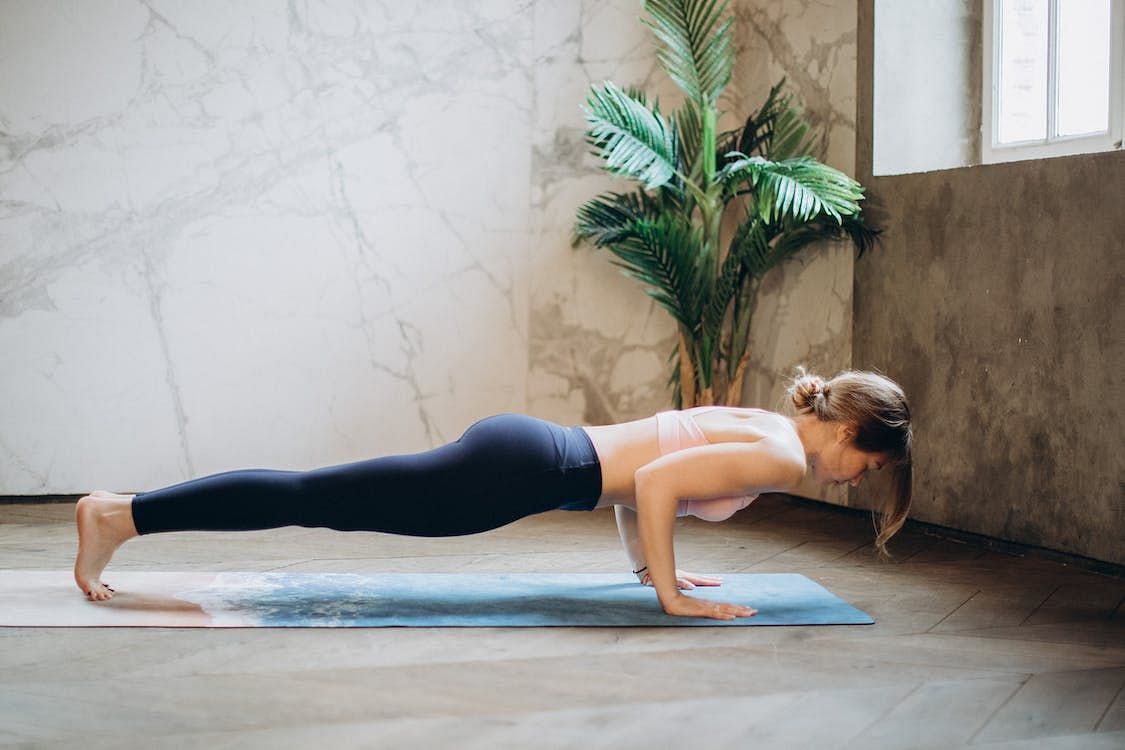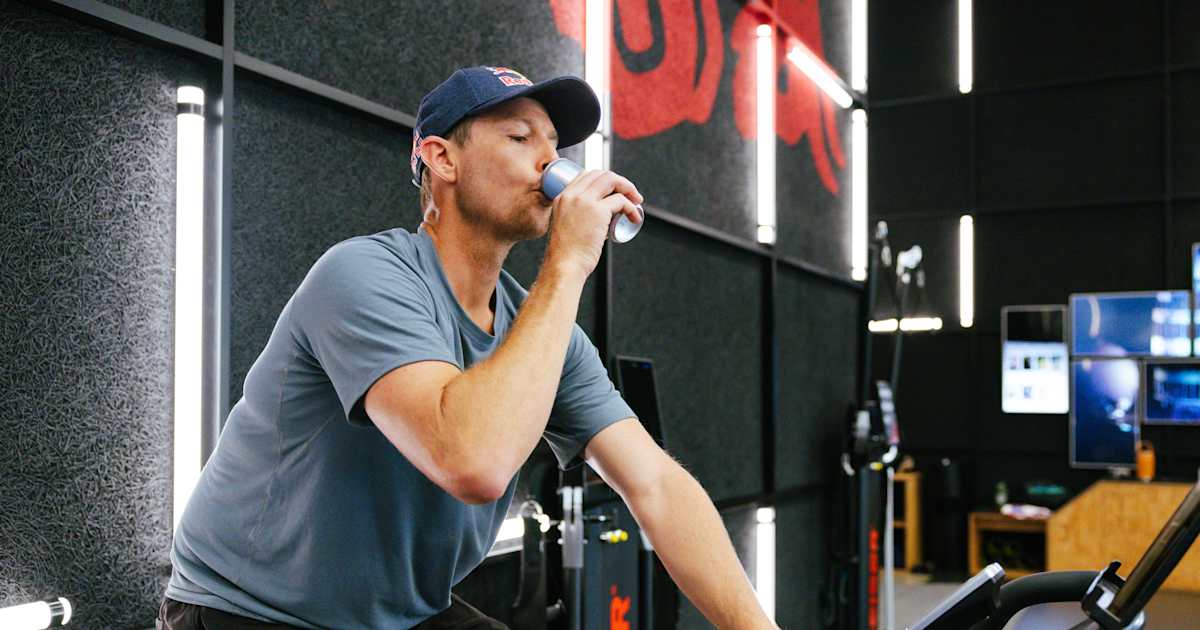New diet drugs are making it easier to lose weight. So does that mean we can stop exercising? Health experts say no. There is a long list of upsides to going for a walk or hitting the gym, and weight loss isn’t necessarily at the top.
“Exercise is good for everything from cognition and mental health benefits such as preventing neurocognitive disorders like Alzheimer’s disease to cardiovascular benefits like preventing mortality from cardiovascular disease, maintaining vascular function, and improving lung strength and lung function,” said Christina Dieli-Conwright, an associate professor in the Department of Nutrition at the T.H. Chan School of Public Health.
“Exercising regularly can even benefit the gastrointestinal system, like gut motility, digestion and the gut microbiome. … Depression, anxiety, sleep, fatigue, pain — I can’t think of a body system that is not benefited by exercise,” she added.
But, while exercise can help in losing weight, it isn’t a magic bullet, she said.
“Historically speaking, the thought behind exercise and weight loss is a little bit erroneous. Exercise alone does not typically put an individual into enough of a caloric deficit to cause weight loss,” she said.
Why? For starters consider that exercise, on average, can burn from 200 to 700 calories an hour, while consuming that many calories can be done in minutes.
And most of us appear to be poor at keeping track of what we’re taking in vs. what we’re burning.
According to the Centers for Disease Control, more than 73 percent of Americans are overweight or obese. At the same time, almost half of all adults met activity guidelines for aerobic physical activity during the period of a year, and nearly a quarter met guidelines for both aerobic and muscle-strengthening activity.
7 to 15
Hours of exercise a week significantly lowers cancer risk, according to 2019 study
Medical experts say both exercise and maintaining a healthy weight are important components of promoting overall health and longevity.
“Because the effects of weight loss on diabetes control and risk of diabetes is stronger than for exercise, but for other things like heart disease and living longer — they look like they’re about equivalent,” said I-Min Lee, a professor in the Department of Epidemiology at the Chan School and professor of medicine at Harvard Medical School.
In 2019, Lee helped author a study on physical activity and cancer risk that showed that seven to 15 hours of exercise a week can significantly lower one’s risk of seven types of cancer. That benefit decreases with an overweight BMI, but still shows an improved risk for six cancers: colon, breast, kidney, myeloma, liver, and non-Hodgkin lymphoma.
“Depression, anxiety, sleep, fatigue, pain — I can’t think of a body system that is not benefited by exercise.”
Christina Dieli-Conwright, T.H. Chan School of Public Health
Lee advises those who are looking to begin an exercise regimen to start small.
“That way you get a little bit of benefit,” she said, “and it’s also very encouraging, because if it’s an amount that’s doable, and you succeed, it might make you want to do more.”
And doing more is good for everyone, she said. A good strategy, according to Lee, is to try to add 10 minutes to your routine — whatever it may be. If you walk for 20 minutes a day, go for 30 until you meet or exceed the recommended 150 minutes of weekly exercise.
Edward Phillips, an assistant professor of physical medicine and rehabilitation at HMS, and founder and director of the Institute of Lifestyle Medicine at Spaulding Rehabilitation Hospital, agrees.
“If I ask someone how easily they think they could add a bottle of water in the morning or in the afternoon to combat dehydration, they’re going to say, ‘That’s not so hard.’ If they start doing that, and they also add in a five-minute walk after lunch, which is really healthy, and also easy to achieve, then when I check in with them three weeks later, they go, ‘I’m drinking more water. I feel better. And by the way, the five-minute walk turned into a 10-minute walk.’”
Phillips is also host of the WBUR podcast “Food, We Need to Talk,” covering health and fitness. He said when patients don’t see changes on the scale, they need tangible reasons to keep working out — and there are apparent reasons.
“People need a good story in order to make changes that would result in meaningful health changes,” he said. “Exercise allows you to be more functional. You can get out of a chair more easily. You can sit in the chair more easily. … Or when a friend says, ‘Let’s go downhill skiing this weekend,’ and you’re like, ‘I haven’t done that in years,’ you say. ‘I could try it, because I’ve been exercising.’”
Dieli-Conwright said it helps to do anything a couple of times a week that gets you out of breath.
“You’re going to get more bang for your buck if you do both aerobic and resistance exercise, though,” she said. “The reason is that aerobic exercise is going to tax the cardiorespiratory system more than resistance or weightlifting. That type of exercise is fantastic for muscle strength. But with both you are going to target glucose metabolism, which is going to be important for managing hyper- and hypoglycemia, diabetes management, things like that.”
She adds that it’s also important to interrupt sitting time or sedentary behaviors.
“Once an hour, get up for two to three minutes even, and just stand up and down and squat or take a two-minute little walk, and go up and down the stairs a couple of times. That can actually help to also manage glucose, which leads, again, back into diabetes risk,” she said.
But Dieli-Conwright emphasizes that creating an exercise habit is key.
“We all know that obesity is incredibly bad. It leads to so many different other co-morbid conditions, specifically heart disease and diabetes. However, there’s so much data that’s overlooked that supports the paradigm that I generally call, and others call, being fit and fat,” she said, essentially being overweight, yet metabolically healthy.






)


























/cdn.vox-cdn.com/uploads/chorus_asset/file/25822586/STK169_ZUCKERBERG_MAGA_STKS491_CVIRGINIA_A.jpg)

/cdn.vox-cdn.com/uploads/chorus_asset/file/23935558/acastro_STK103__01.jpg)


/cdn.vox-cdn.com/uploads/chorus_asset/file/25826211/lorealcellbioprint.jpg)
/cdn.vox-cdn.com/uploads/chorus_asset/file/25832751/2192581677.jpg)
